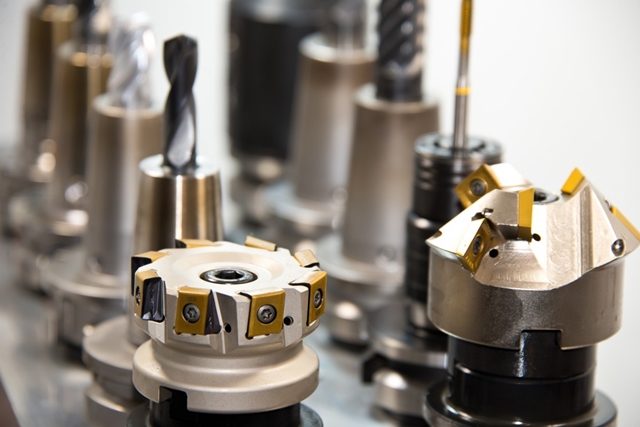– Contributed content –
17 September 2018. The manufacturing industry has been on a bit of a roller coaster ride for the past two decades. During the 1990s factories across the Western hemisphere were becoming usurped by the stratospheric rise of the Far Eastern superpower of China. Manufacturing processes were cheaper, import costs made financial sense and the methods used were efficient and fast. Companies could outsource their manufacturing to offshore factories and produce high quality goods on a massive scale for a fraction of the cost of keeping the processes in their home nation. However, the past five years has seen a resurgence in the value of homegrown goods, from ball bearings to cars. So is manufacturing going to continue its boom or will it inevitably go bust?
Boom
The manufacturing industry in the United States is stronger than ever with twenty five states declaring that manufacturing is a top three employer. The workforce is immense and is currently on track to grow.
End users are more aware of their consumer rights and are eager to know where their food, goods, and cars come from. They enjoy hearing the story of how their food got to their plate and how their favorite t-shirt was produced. Savvy consumers are now much more willing to pay a premium for a product that has been homemade, has been produced ethically, and that gives the producers a fair bite of the profit cherry. Just because a beanie hat made in Taiwan is ridiculously cheap to produce and to sell, doesn’t mean people will buy it if there is a homemade, greener yet more expensive alternative.
With China becoming superpower worthy, wages have increased, and workers rights have become more prominent. Even some Chinese based companies are finding it cheaper to shift their manufacturing to the USA in somewhat of a role reversal.
Bust
There are many challenges faced by operations managers in manufacturing industry with technological advancements almost emerging too rapidly. For manufacturing to be successful and prosperous, workers need to share in this wealth. With more robotics and WiFi enabled capabilities streamlining the manufacturing process, workers and factory floor staff are seeing their jobs diminish. Even if their jobs don’t disappear completely, bosses can be more demanding as the supply of jobs outstrips demand. Staff may find their working conditions less appealing, and therefore the manufacturing sector becomes a less attractive industry in which to start a career.
China is also not finished with its competitive streak. Like the roller coaster ride of manufacturing in the United States, China is simply on a dip. The economy in China is strong, and investment is being pumped into companies like Lenovo, to try and make their processes more efficient and more attractive to the foreign market once again.
It’s ridiculously difficult to determine the future of manufacturing in the United States. However, if history is anything to go by, the roller coaster ride is far from finished. While Donald Trump has staked his Presidential hat upon making America great again, it has yet to be seen if this will transcend into manufacturing.
Editor’s note. The opinions in this post are the contributor’s and not those of Science & Enterprise.
* * *


 RSS - Posts
RSS - Posts
You must be logged in to post a comment.